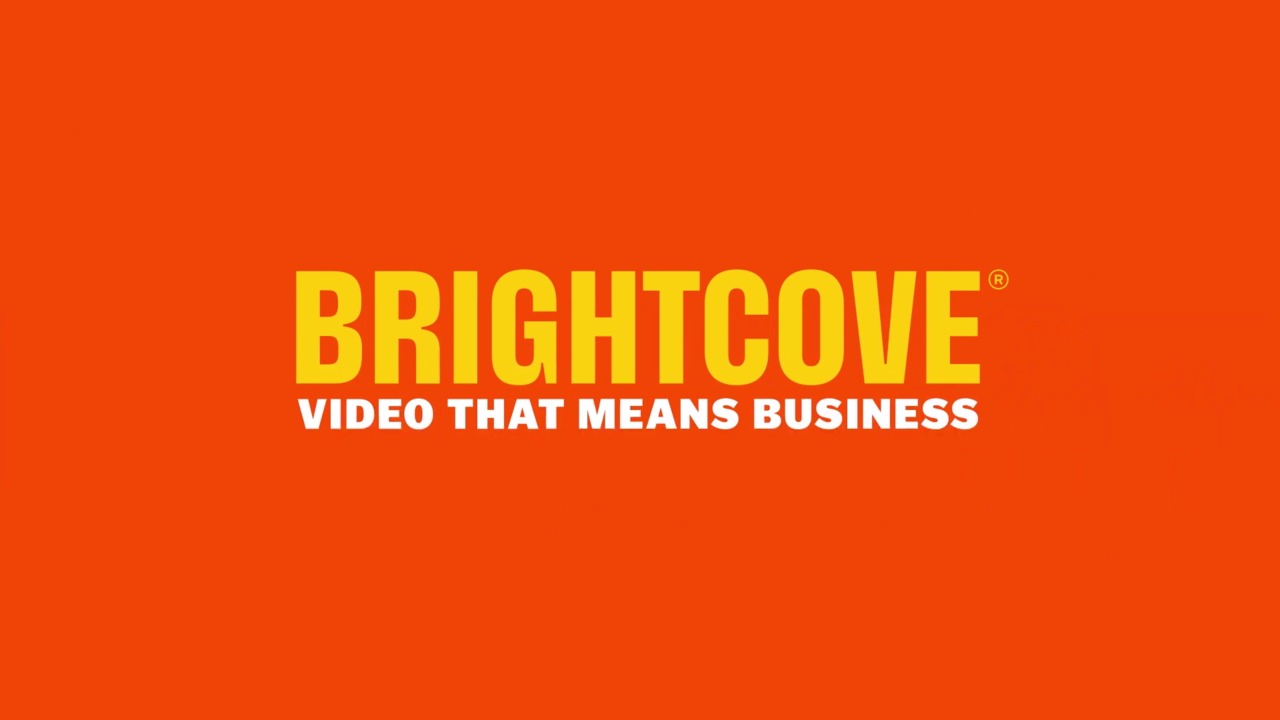Wired this month has a great article by William Gibson (best known as author of Neuromancer) on remix culture. Gibson references William Burroughs and Brion Gysin, who were well known for practicing the "cut-up" method as early as the 50's. Burroughs and Gysin literally took scissors to print and audiotapes, cut them up, and pasted them back together to create new meaning: "God's little toy," his friend Brion Gysin called their reel-to-reel machine. Sampling. Burroughs was interrogating the universe with scissors and a paste pot, and the least imitative of authors was no plagiarist at all... Meaning, ultimately, seemed a matter of adjacent data. Our culture no longer bothers to use words like appropriation or borrowing to describe those very activities. Today's audience isn't listening at all - it's participating. Indeed, audience is as antique a term as record, the one archaically passive, the other archaically physical. The record, not the remix, is the anomaly today. The remix is the very nature of the digital. Although we may think of remix culture on the Internet as a new phenomenon, the practice of remixing our media - from Picasso to Burroughs to hip hop sampling - has actually been around for a long time. What we are seeing now is actually a natural evolution of our use of computation as an expressive medium. Link: God's Little Toys: Confessions of a Cut & Paste Artist

